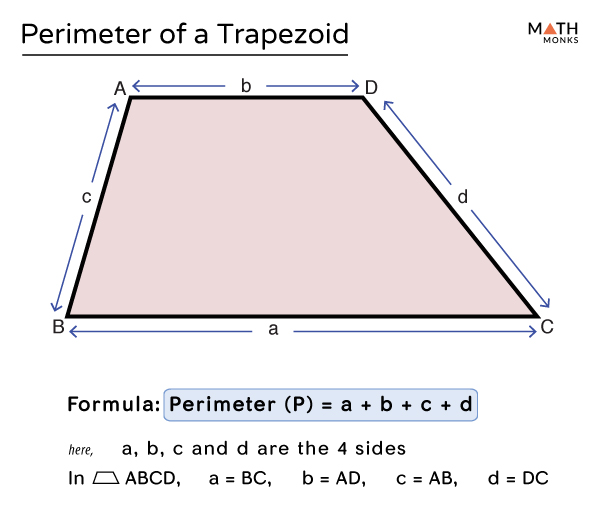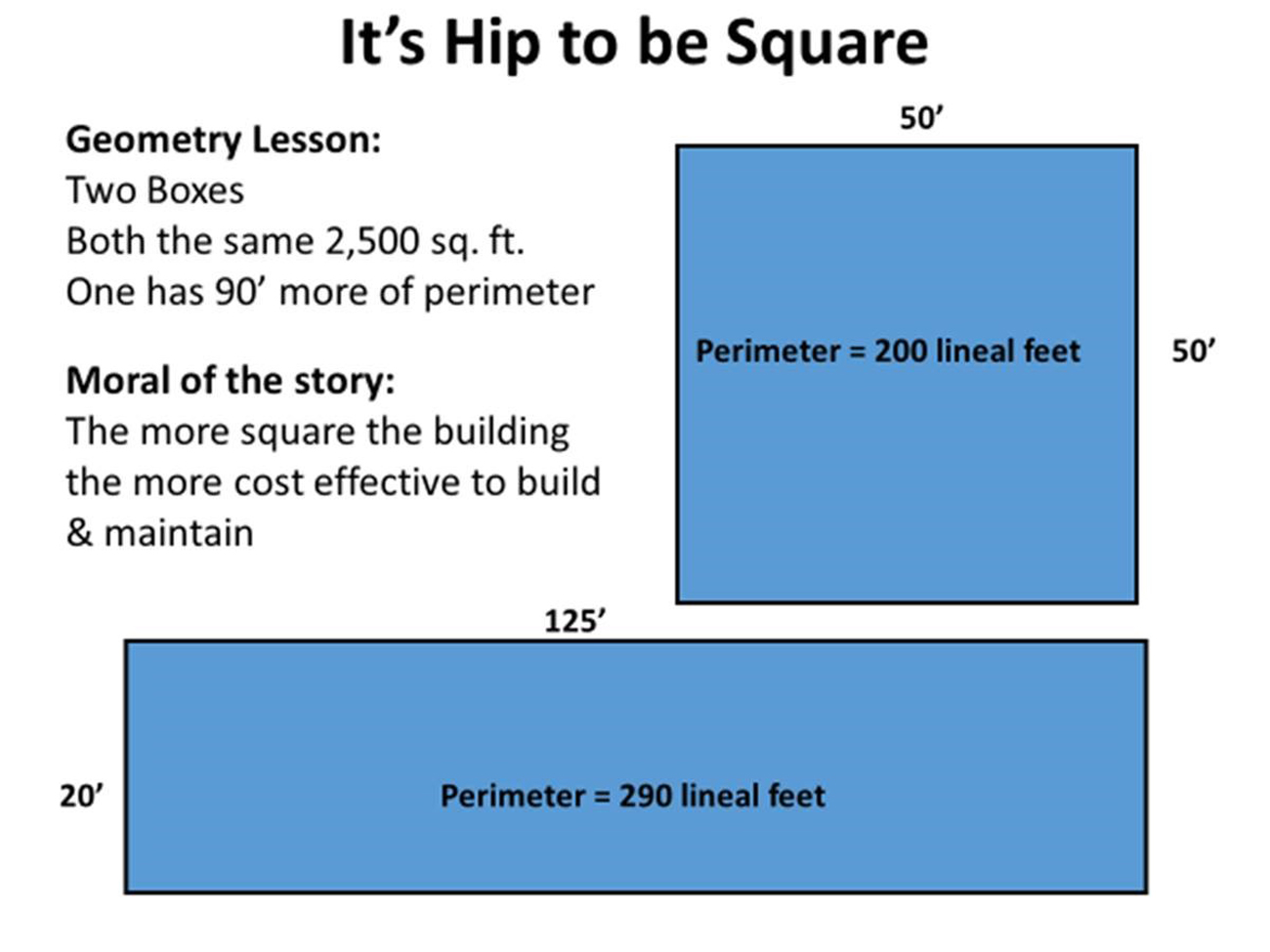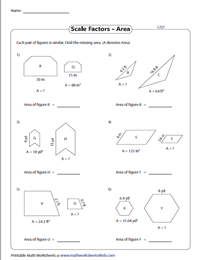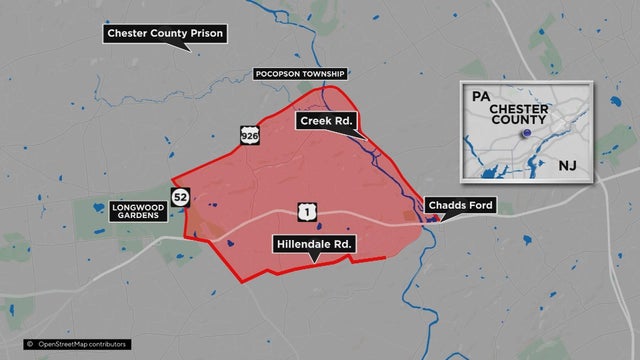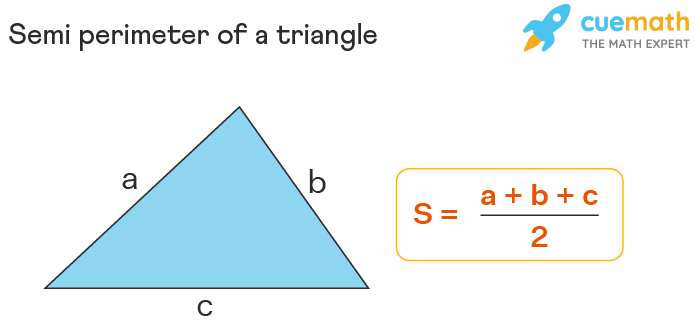Topic perimeter of an acre in feet: Discover the fascinating intricacies of land measurement in our exploration of the "Perimeter of an Acre in Feet", a crucial concept for landowners and surveyors alike.
Table of Content
- What is the perimeter of an acre in feet?
- Basic Concept of an Acre and Its Perimeter
- Dimensions and Perimeters of Different Acre Shapes
- Calculating the Perimeter of an Acre
- Practical Examples and Scenarios
- YOUTUBE: Perimeter of 1 Acre: How many feet?
- Tools and Calculators for Determining Acre Perimeter
- FAQs and Common Misconceptions
What is the perimeter of an acre in feet?
The perimeter of an acre in feet depends on the shape of the acre. Since an acre can have various shapes such as square, rectangular, or circular, the calculations may differ.
For a square acre:
- Step 1: Determine the length of one side of the square acre. Since the area of an acre is 43,560 square feet, the side length can be found by taking the square root of the area: √43,560 = 208.7 feet (approximately).
- Step 2: Multiply the side length by 4 to find the perimeter: 208.7 feet * 4 = 834.8 feet (approximately).
Therefore, the perimeter of a square acre is approximately 834.8 feet.
For a rectangular acre:
- Step 1: Determine the length and width of the rectangular acre. If, for example, the length is 200 feet and the width is 217.8 feet, the calculations would be as follows:
- Step 2: Multiply the length by 2 and the width by 2: 200 feet * 2 = 400 feet and 217.8 feet * 2 = 435.6 feet.
- Step 3: Add the two results together to find the perimeter: 400 feet + 435.6 feet = 835.6 feet (approximately).
Therefore, the perimeter of a rectangular acre with a length of 200 feet and a width of 217.8 feet is approximately 835.6 feet.
For a circular acre:
- Step 1: Determine the radius of the circle. Since the area of an acre is 43,560 square feet, the radius can be found by taking the square root of (area/π): √(43,560/π) = 117.4 feet (approximately).
- Step 2: Multiply the radius by 2π (approximately 6.28) to find the circumference: 117.4 feet * 6.28 = 736.8 feet (approximately).
Therefore, the perimeter of a circular acre with a radius of 117.4 feet is approximately 736.8 feet.
READ MORE:
Basic Concept of an Acre and Its Perimeter
The acre, a unit of area primarily used in the United States and the United Kingdom, represents 43,560 square feet. Historically, it was defined as the area that could be plowed in a single day by a man and an ox. Today, it\"s understood as a flexible measure that can take various shapes while maintaining the same area.
Interestingly, an acre has no specific perimeter since its shape can vary widely. The most common form for an acre is a rectangle or a square. For instance, if an acre is shaped as a square, each side would be about 208.7 feet long, giving a total perimeter of approximately 834.8 feet. However, the shape and, therefore, the perimeter of an acre can vary significantly. A more elongated acre might have a much larger perimeter, while a perfectly circular acre would have a smaller perimeter of about 739.9 feet.
In practice, calculating the perimeter of an acre depends on knowing the shape of the land. For regular shapes like squares or rectangles, simple formulas apply. For a square acreage, the formula is P = 4s, where s is the length of one side. However, irregular shapes require a more complex approach, often involving dividing the land into smaller, regular shapes and summing their perimeters.
Another key aspect is the measurement of acres on uneven terrain, like hillsides. Historically, measurements were taken horizontally, as if the land were flat, a method still used in modern surveying.
Understanding these basics about acres and their perimeters is crucial for land surveying, property purchase decisions, and agricultural planning.
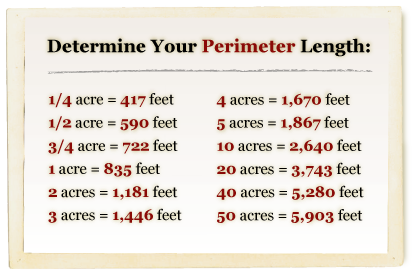
Dimensions and Perimeters of Different Acre Shapes
An acre, equating to 43,560 square feet, can adopt various shapes, each affecting its perimeter differently. A square acre, for instance, would have sides measuring approximately 208.7 feet, resulting in a perimeter of about 834.8 feet. However, this is just one possibility as an acre\"s shape is not fixed.
For different shapes, the perimeter calculation varies. A circular acre would have a smaller perimeter, approximately 739.9 feet. In contrast, elongated rectangular acres can have much larger perimeters. For example, a 220\" x 198\" rectangular acre has a perimeter of 836 feet, while a more elongated 440\" x 99\" acre extends to 1,078 feet. Even more extreme dimensions like a 2,420\" x 18\" rectangle can stretch the perimeter to 4,876 feet.
The calculation of an acre\"s perimeter thus depends on its shape. Regular shapes like squares or rectangles have straightforward formulas. For instance, a square\"s perimeter is calculated as P = 4s (where s is the side length), but irregular shapes require more complex approaches, often involving breaking the land into smaller, regular shapes.
It\"s important to note that the shape of an acre can significantly impact its perimeter. The more irregular or elongated the shape, the longer the perimeter will be. This variability is crucial for accurate land measurement and planning, especially in construction, agriculture, and real estate.
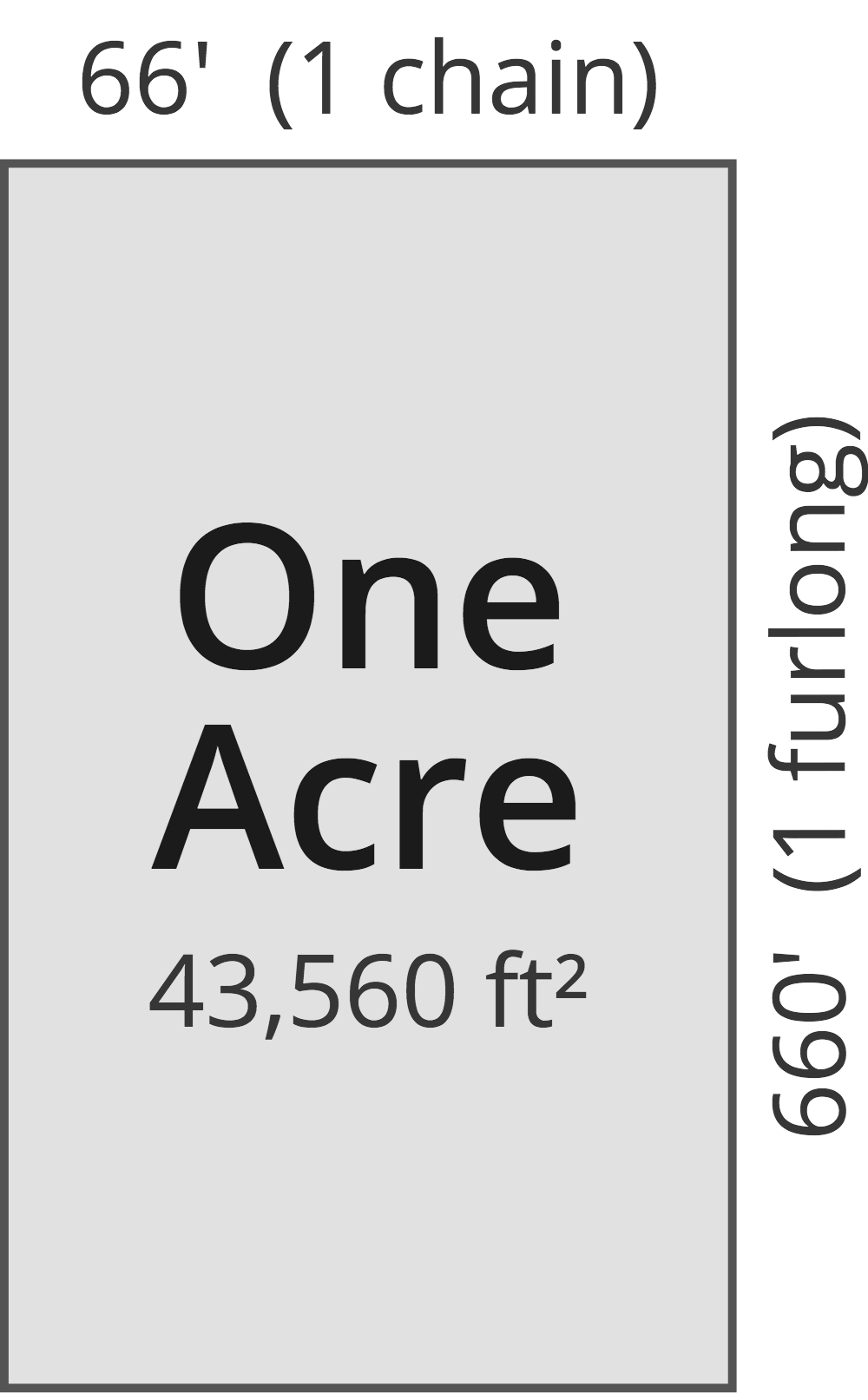
Calculating the Perimeter of an Acre
Calculating the perimeter of an acre depends on the specific dimensions and shape of the land. An acre is defined as 43,560 square feet, but this area can be shaped in various ways, influencing the perimeter\"s length.
For a square acre, each side would be about 208.71 feet, resulting in a perimeter of approximately 834.84 feet. The calculation for a square\"s perimeter is straightforward: P = 4 × side length.
In cases where the acre is not a perfect square, the perimeter calculation becomes more complex. For example, a rectangular acre with different length and width will have a perimeter calculated as P = 2 × (Length + Width). Irregular shapes, like circles or ellipses, require specific formulas to calculate the perimeter accurately.
For circular shapes, the perimeter (or circumference) can be calculated using formulas involving π (pi). An elliptical shape requires more complex calculations, often utilizing Ramanujan\"s approximation or similar methods.
It\"s important to note that without knowing the exact shape and dimensions of the acre, it\"s challenging to determine the precise perimeter. This variability is crucial for planning in agriculture, real estate, and land management.
For more complex or irregular shapes, breaking down the area into smaller, regular shapes and calculating each perimeter separately before adding them together can be an effective method.
Online calculators and tools are also available to assist in these calculations, providing quick and accurate results for various shapes and sizes.

Practical Examples and Scenarios
Understanding the perimeter of an acre in various real-world scenarios is crucial for practical applications. Let\"s explore some examples:
- Residential Property: Consider a city house lot measuring 33 feet wide by 102 feet long. By multiplying these dimensions and dividing by 43,560 (the square footage in one acre), we find the property is approximately 0.077 acres. The perimeter can then be calculated as the sum of all sides.
- Large Agricultural Land: For a larger plot, such as a 72-acre square, the perimeter would be considerably more, measuring around 7,080 feet or about 1.34 miles. This size is significant for planning agricultural activities or installing fencing.
- Irregular Shapes: If the acre is not a regular shape, like a square or rectangle, the perimeter calculation becomes more complex. For instance, a circular acre would have a different perimeter than a rectangular one with the same area. Special formulas and methods, like breaking down the land into smaller regular shapes, are used to calculate the perimeter in such cases.
- Comparative Size Visualization: An acre\"s size is often compared to familiar objects for easier visualization. For example, an acre is roughly the size of a football field without the end zones, or about three-quarters of a city block.
These examples illustrate the importance of understanding the shape and dimensions of an acre for accurate perimeter calculations, crucial in fields like real estate, agriculture, and land surveying.

_HOOK_
Perimeter of 1 Acre: How many feet?
Explore the stunning beauty of Acre in this captivating video! From its historic old city to its pristine beaches, you\'ll be amazed at the unique blend of cultures and rich history this enchanting city has to offer. Don\'t miss out on discovering the hidden gems of Acre - watch the video now!
Perimeter of 1/2 Acre: In feet
Discover the hidden oasis nestled within this charming half acre property. Immerse yourself in the tranquility of lush greenery, blooming flowers, and a peaceful atmosphere. Whether you\'re a nature lover or seeking a serene escape, this video will transport you to a world of pure relaxation. Watch it now and let the beauty of this half acre paradise mesmerize you.
Tools and Calculators for Determining Acre Perimeter
Several online tools and calculators are available to assist in determining the perimeter of an acre. These resources are invaluable for accurate planning and measurement in various fields, including agriculture, real estate, and surveying. Here are some of the most useful tools:
- Inch Calculator\"s Acreage Calculator: This tool allows you to calculate the number of acres in your land if you know the length and width. It also provides the area in other units. It\"s particularly useful for quick conversions and understanding the size of an acre in various units.
- GEGCalculators\" Acreage Perimeter Calculator: Designed for calculating the perimeter of acreage or building lots, this calculator can be used when the opposite sides of the lot are of equal length. It uses the square footage and the length of one side to calculate the perimeter.
- Omnicalculator\"s Perimeter Calculator: This tool is useful for calculating the perimeter of various geometric shapes, including irregular shapes like ellipses and trapezoids, which can be relevant for irregularly shaped acres.
- Savvy Calculator\"s Acres to Linear Feet Calculator: Ideal for scenarios where you need to convert acres to linear feet, such as planning property boundaries or determining the length of fencing required for a specific acreage.
- Calculator-Online\"s Acreage Calculator: This simple calculator allows you to determine the acreage of a land area by entering the length and width in feet. It also provides a way to understand how big an acre is in feet.
These tools simplify the process of calculating acreages and perimeters, accommodating various shapes and sizes of land. They are user-friendly and provide quick results, making them an essential resource for anyone dealing with land measurement.
READ MORE:
FAQs and Common Misconceptions
When it comes to understanding the perimeter of an acre, there are several frequently asked questions and common misconceptions that need clarification:
- Is the Perimeter of an Acre Fixed?: A common misconception is that the perimeter of an acre is fixed. However, since an acre is a unit of area (43,560 square feet), its perimeter can vary greatly depending on its shape. For example, a square acre has a perimeter of approximately 834.84 feet, but a long, skinny acre can have a much larger perimeter.
- Can You Calculate Perimeter from Area Alone?: It\"s a misconception that you can calculate the perimeter of an acre solely based on its area. The shape of the acre is essential for determining the perimeter. For example, the perimeter of a square is calculated differently from that of a rectangle or a circle.
- How Many Times Around an Acre Equals a Mile?: The number of times one would have to walk around an acre to equal a mile depends on the shape of the acre. For a standard square acre, walking around approximately four and a half times would equal a mile. However, this number changes with different acre shapes.
- Are Acres Measured Differently on Hillsides?: When measuring acres on hillsides, the measurements are typically taken horizontally, as if the land were flat. This approach simplifies the measurement process and is commonly used in surveying.
- Conversion to Other Units: People often need clarification on converting acres to other units like square feet, meters, or miles. One acre is equivalent to 43,560 square feet, 4,047 square meters, and 0.0015625 square miles. Understanding these conversions is crucial in land measurement and real estate.
These FAQs and misconceptions highlight the importance of understanding the basics of land measurement when dealing with acres and their perimeters.
In exploring the \"Perimeter of an Acre in Feet,\" we\"ve navigated through its versatile dimensions and practical implications, equipping you with essential knowledge for effective land management and surveying.
